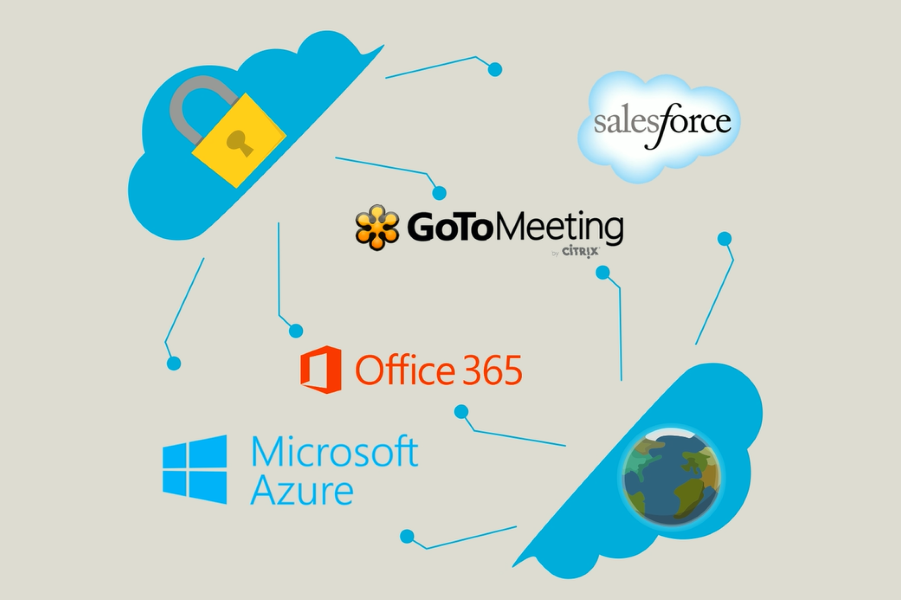Tips for Managing Your Hybrid Cloud
Today, the average employee consumes services from around 6 clouds, according to RightScale’s State of the Cloud Survey, and this consists of a mix of public and private. Generally, public clouds provide huge scalability and flexibility benefits, while private clouds provide security and control over data. A hybrid model allows for many advantages, including additional resources via a public cloud when needed and disaster recovery when data copies are stored in a different location for extra security. Having an effective strategy in place is critical for managing public and private clouds simultaneously, and many factors come into play during this process.
Careful consideration must be taken to implement a hybrid strategy that works for your organization. Here are our top tips:
1. Let the service lead you. Considering each service at hand and its specific requirements is a good first step. Matters such as security & data sensitivity, installment and access are important here and should be weighed accordingly based on the service in question. Letting specific requirements, such as privacy and compliance, guide you to a potential cloud deployment is a best practice.
2. Do not be afraid to customize & combine. Your organization does not need to get locked into one cloud service – there is a time and use for hyperscale cloud providers such as AWS and Azure. Consider using APIs and customized coding to create a management system that works for you. Perhaps you need a function for a specific scenario that a cloud provider cannot provide, so work on it yourself and be open to combining elements to create what’s best for your data.
3. Let go of your concern for public & private integration. Although the need for a hybrid cloud with seamless public and private integration is growing, it is not quite achievable yet. For now, focus more on creating a strong strategy in which they work separately for different use cases. Again, examine your data and determine where private and public clouds are best suited, then work on ways to manage them separately.
4. Implement a platform to help you manage. Managing your public and private clouds simultaneously can be tricky, so it’s a good idea to have a system in place to assist you. Vizor allows you to manage your clouds and related costs in a central, secure place, helping you to keep track of your cloud applications and allocated users at all times.





